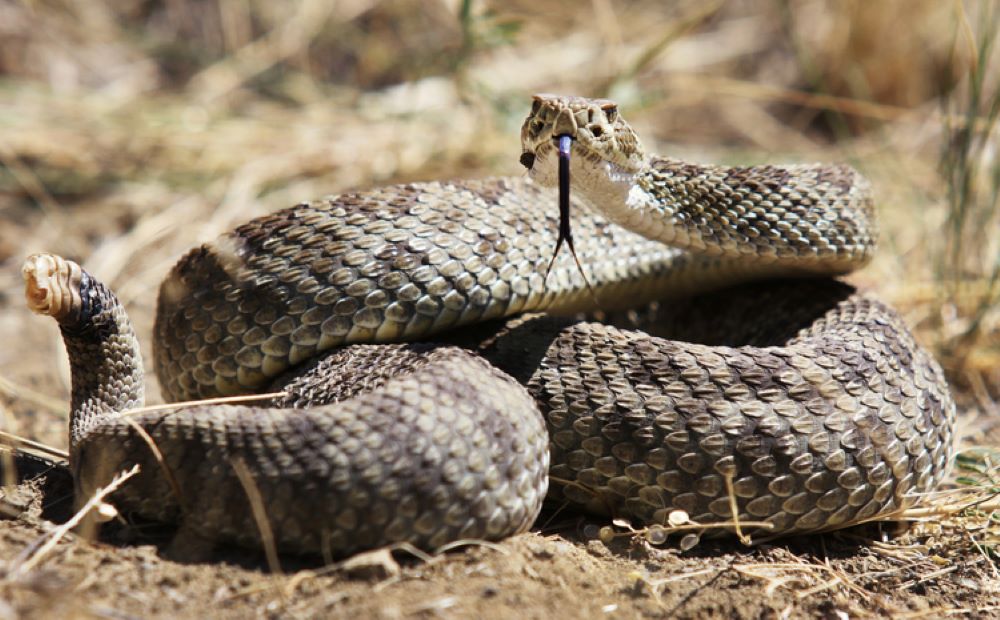Rattlesnake Safety

Check out these great tips for staying safe outdoors or hiking during Rattlesnake season.
Rattlesnake Safety When Hiking
Rattlesnakes are venomous snakes found in many parts of North America. While they play an important role in the ecosystem, encountering a rattlesnake while hiking can be dangerous. Here are some tips for staying safe while hiking in rattlesnake habitat.
Where Do Rattlesnakes Live?
Rattlesnakes can be found in a variety of habitats, including deserts, grasslands, forests, and rocky hillsides. In general, they prefer dry, warm environments. They are most commonly found in the western United States, but they can also be found in other parts of North America, including the southeastern United States and parts of Mexico.
How to Tell if Rattlesnakes Are in the Area
Rattlesnakes are usually active during the warmer months of the year, from April to October. They are most active in the early morning and late afternoon. Here are some signs that rattlesnakes may be in the area:
- You see a snake: Rattlesnakes are generally easy to identify because of their distinctive rattle, which is located at the end of their tail. They can range in size from 1 to 8 feet long, depending on the species.
- You hear a rattle: If you hear a buzzing or rattling sound, it may be a rattlesnake warning you to stay away.
- You see shed skin: Rattlesnakes shed their skin as they grow, so if you see snake skin that is still in one piece, a rattlesnake may be nearby.
- You see other signs of wildlife: Rattlesnakes are predators, so if you see other animals that are potential prey, such as rodents or lizards, rattlesnakes may be in the area.
What Do Rattlesnakes Eat?
Rattlesnakes are carnivores that eat a variety of prey, including rodents, lizards, birds, and other snakes. They use their venom to immobilize their prey before swallowing it whole. Rattlesnakes are important predators in their ecosystems and play a key role in controlling populations of rodents and other small animals.
Tips for Staying Safe Around Rattlesnakes
- Wear appropriate footwear: When hiking in Rattlesnake habitat, wear sturdy boots that cover your ankles. This can help protect you from a snake bite.
- Stay on designated trails: Stick to established hiking trails and avoid walking through tall grass or brush where snakes may be hiding.
- Watch where you step: Be aware of your surroundings and watch where you are stepping. Rattlesnakes can blend in with their surroundings, so be especially careful when walking through rocky or desert environments.
- Keep your distance: If you see a rattlesnake, give it plenty of space. Do not try to approach it or handle it. Remember, rattlesnakes are venomous and can be dangerous.
- Listen for warnings: If you hear a rattling sound, stop and try to locate the snake. Slowly back away in the opposite direction. The snake is warning you to stay away, so take its advice.
In summary, hiking in rattlesnake habitat can be a wonderful experience, but it’s important to be aware of the risks and take appropriate precautions. By staying alert and following these tips, you can stay safe while enjoying the outdoors.








